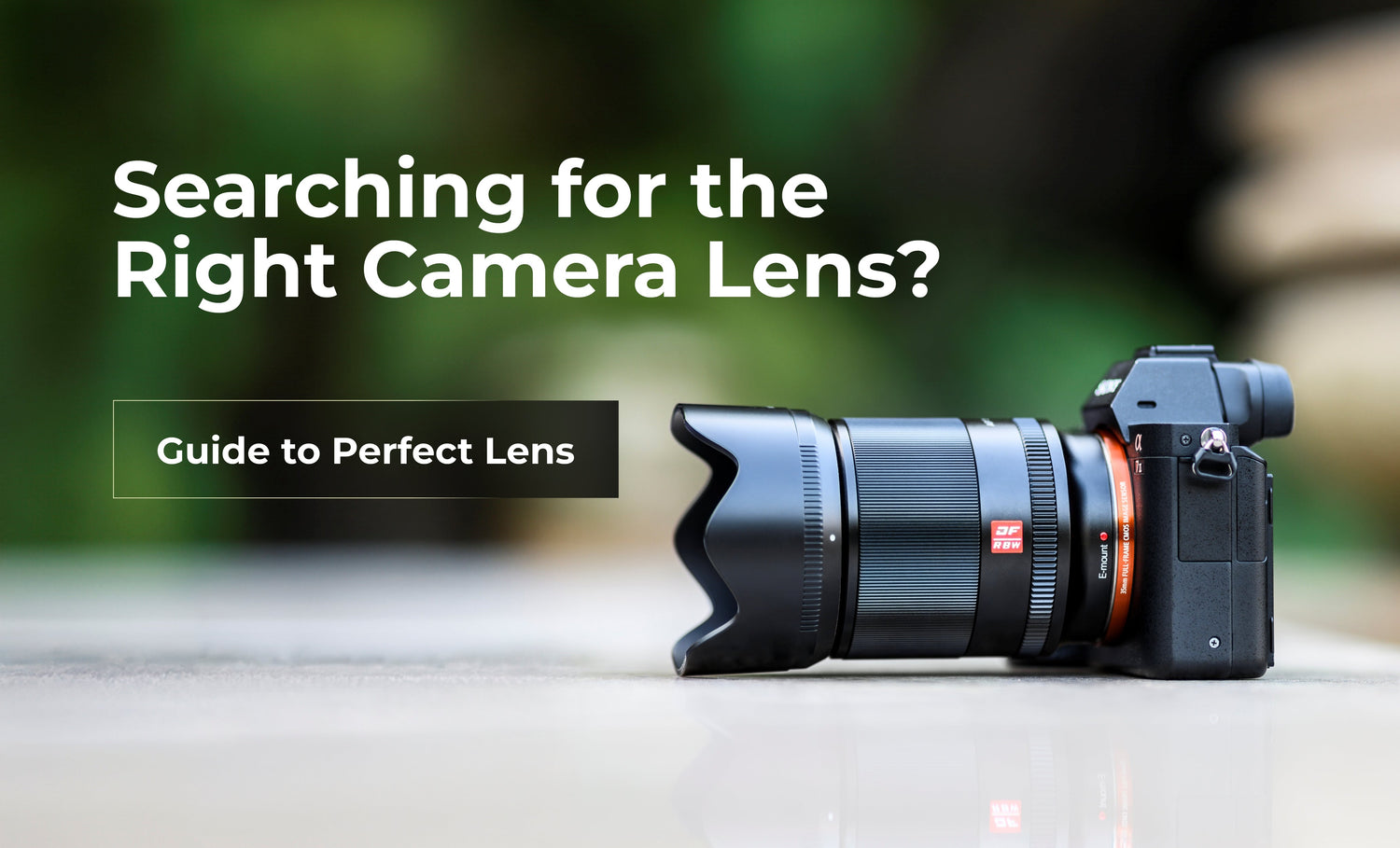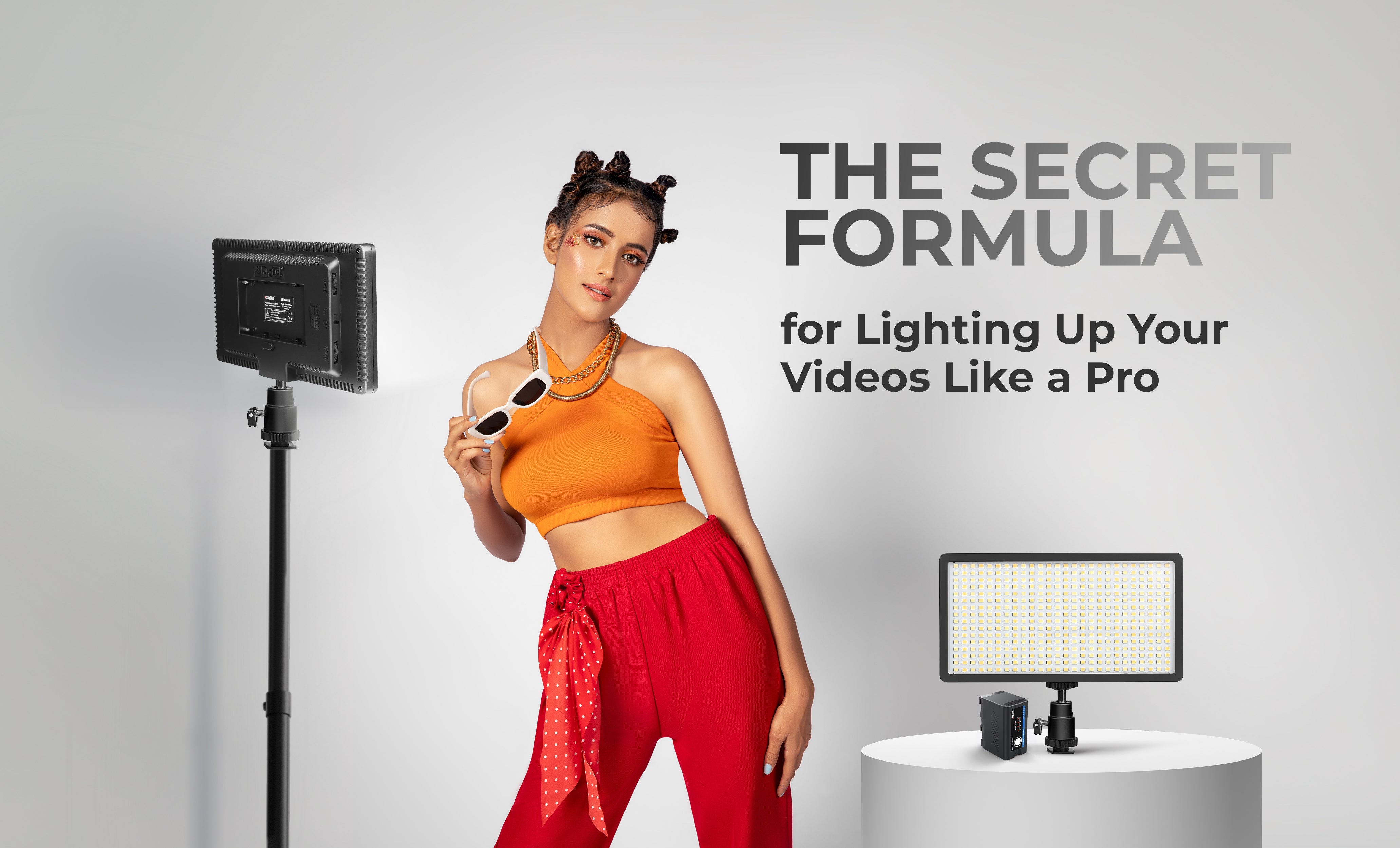Looking to start your DSLR photography journey without breaking the bank? Kit lenses are the way to go! Kit lenses offer an easy-to-use, compact, and easy-to-carry option. They’re perfect for capturing a range of subjects with a wide-angle view. Kit lenses play an important role in almost every photographer’s journey. While some may argue that a single, powerful zoom lens in a compact camera makes it convenient and portable, the undeniable fact is the exceptional image quality with a well-designed lens designed for portraiture a particular get is unparalleled and hard to beat. Chances are if you’re diving into this subject, you probably have a DSLR camera. Maybe you’re deciding which lens to invest in next, or maybe you’re already familiar with that familiar challenge. Many photography enthusiasts begin their journey by strapping on a camera, and it’s only after a few moments behind the lens that they figure out what style they want to take and at the same time leave under consideration updating from the standard kit lens.
What is a Kit Lens?
The kit lens is like a trusted sidekick that accompanies your camera. Oftentimes, a budget doesn’t provide all the necessary features that novice photographers need. A wonderful feature of the kit lens is its versatile focal length range. This lens is designed to handle a wide range of shooting situations, allowing beginners to explore a variety of subjects and compositions. Kit lenses are usually in the 18-55mm range, but you can choose between 16-50mm or 15-45mm lenses. For those who want more zoom, telephoto kit lenses are available, usually 55-200mm. Some cameras also offer the option to bundle two kit lenses together, including an 18-55mm lens. However, it’s fair to say that not all cameras come with kit lenses. Generally, the more expensive a camera is, the more likely it is to accompany contact lenses. Upgraded cameras may offer the option to add lenses at a lower price but these products are expensive and lack the standard features of basic kit lenses.
3 Reasons why you need a kit lens for your photography?
Is a kit lens right for you? Here are a few reasons why you might want to apply that accessible kit lens as an alternative to buying a brand-new model:
1. Kit lenses are inexpensive
Camera lenses can be ridiculously costly, sometimes even more expensive than the Digicam lenses! However, the kit comes with a silver coating in lens shape. This lens gives a pockets-pleasant option for novice photographers or on a tight price range. With fees normally in the masses of greenbacks, kit lenses offer an access point into the world of DSLRs and mirrorless photography The pleasant element is, if you have a little more money to spare, you can make investments in other image necessities such as a strong tripod or versatile mild structures. So, if you need to get the most from your cash, a package lens is wise and practical.
2. Kit lenses are compact and lightweight
Kit lenses are the closing winner in phrases of convenience and portability. These little powers are a dream for tour photographers. Imagine effortlessly attaching a lens to your digicam and exploring the world without feeling heavy. That’s the magic of kit lenses.
3. Kit lenses offer a great range of focal lengths
There is one major advantage to using a kit lens: its versatile focal length range. These lenses are designed to give photographers the best value for their money, allowing them to capture a variety of subjects without the need for multiple lenses Imagine that you are exploring an exotic landscape and want to capture its size. The 18-55mm kit lens allows you to zoom out to 18mm to capture the expansive beauty of the surroundings. Whether you’re shooting landscapes, urban scenes, portraits, or wildlife, the kit lens has you covered. Its focal length range allows you to adapt to a variety of shooting situations, ensuring you are always ready to capture stunning images never underestimate the power of a single lens that can do so much!
Different Types of Camera Lenses
Kit lenses are often sold along with the camera body, and while they can be temporarily convenient, they are generally not of the highest quality. As you get deeper into photography, you may want to upgrade to better lenses for your needs. Different lenses offer different viewing angles from fisheye to telephoto, each serving a different purpose in capturing the perfect image.
Fisheye
Assuming the available focal lengths are a spectrum from shortest to longest, the fisheye lens would be at the short end. These lenses are usually less than 10 mm in length. or less and can be of fixed focal length or length. However, the short focal length is not the only unique feature of fish eyeglasses. Their construction differs from conventional wide-angle lenses, allowing them to capture fields of view close to 180 degrees, resulting in highly distorted images.
Wide Angle Lenses
Wide lenses are often overlooked, but they are incredibly useful, especially in landscape and travel photography. While they cannot completely eliminate the disease, they do a great job of reducing it. The best thing about wide lenses is that they can still stand out from their subject even if they take up a significant portion of the background. This makes them perfect for sports, hiking, and landscape photography. For example, when it comes to landscape photography, one of the most common reasons why a photo looks blurry is the lack of a central subject relatively close to the camera With a wide lens, you have endless possibilities for capturing stunning images. You can just walk close to a flower or a rock, and still reflect the beauty of the surroundings. The same goes for travel and architectural photography.
Mid-range
Intermediate lenses, as the name implies, fall between wide-angle and telephoto lenses in terms of focal length. These lenses, like those that come with entry-level DSLRs, are often marketed as general-purpose lenses, and there’s a degree of truth that while they don’t offer the highest quality, they’re a good starting point for those who enjoy photography. 18 mm. On the other hand, the 55 mm. However, the main limitation of these lenses is the aperture, which is typically 5.6 at the narrow end. This depth of field can result in dark and lifeless images. Mid-range lenses are actually a fantastic option if your main focus is portraiture.
Zoom & Telephoto
The two terms are often used interchangeably, but they are not exactly the same. Zoom lenses have a variable focal length, while telephoto lenses have a focal length (usually 90 mm and more). I group them together because when we think of zoom lenses, we tend to picture the big, bulky lenses that press photographers use in sports stadiums. Telephoto lenses, fixed or zoomed, are ideal for wildlife, parks and animal photography. When you’re shooting wildlife, it’s hard to get close without scaring the animals or putting your own safety at risk. Street photography requires staying out of sight in order to capture candid moments, which is where a great focus comes into play. And to get those sharp shots in sport, you’ll need to stay away from the action.
Buying a camera lens
Looking to upgrade your camera lens but need more clarification about what details really matter?

Think about what you want to photograph
When it comes to choosing the right camera, the first thing you need to consider is what you want. Are you a fan of capturing adventure and documenting your travels? In that case, magnifying glasses will be your best companion. However, if you're going on an adventurous safari trip or capturing some fast-paced sport, a zoom lens that can get you up close and personal will be your way to go On the other hand, if you don't love to capture stunning images and memorable events, normal glasses will serve you exceptionally well.
Decide what you want your aperture to be
Every camera lens has an aperture, which is basically a hole that can be adjusted to let in more or less light. A larger aperture is better for low-light shooting, as it lets more light in. Apertures are measured in f-stops, just as weight or length is measured in pounds in inches. When photographers talk about numbers like "f/8" or "f/5.6," they're talking about the aperture size of their lens. The minimum apertures are typically f/1.4, f/1.8, or f/2, and if you plan to shoot in low-light conditions, such as at night or indoor events, choose a lens with this low f-value.
Find out what options are compatible with your camera
Know the options that are compatible with your camera. Explore the vast expanse of the internet to discover the countless lens options that await your camera. Immerse yourself in the world of camera design, where custom lenses are created to perfectly match their creations. Whether you use the power of Canon, the brilliance of Nikon, the beauty of Fuji, or the innovations of Sony, rest assured that there are lenses designed solely to enhance your photographic journey
Read reviews
After narrowing down your options, it is wise to delve into some reviews of the glasses you are interested in. Many online forums offer comprehensive reviews. It's important to pay attention to aspects such as how the lens performs in low light conditions, how sharp the photos were taken, the speed and accuracy of its autofocus, size, and depth all weights Be careful with mirrors that reflect constants. For example, you may see a mirror with a defect that prevents it from focusing.
Try it out in person
When it comes to buying a new camera, we highly recommend visiting your nearest camera or electronics store to get hands-on experience with the camera lens. After narrowing down your options to one or two glasses, if the glasses perform as expected, make your way to the store. While you’re at it, consider the weight and thickness of the lens, how it feels in your hand, and if it clashes loosely with your camera.
Final Words
Looking to start your DSLR photography journey without breaking the bank? Kit lenses are the way to go! These lenses offer an easy-to-use, compact and lightweight option, covering a versatile area typically 18-55mm. While some may question the convenience of using a powerful zoom lens on a compact camera, image quality is the convenience of a well-made kit lens for photography, and specific needs among others are unmatched When you examine photography you will find that kit lens often enter -level DSLRs Bundled with -providing an affordable entry point into the world of interchangeable lenses they let beginners explore different shooting situations locking in without the need for multiple lenses, making them ideal for studying and trying different techniques and subjects in case you decide any your next lens investment Whether you are upgrading from a standard kit lens, understanding the versatility and advantages of these lenses is key to developing your photography skills.





Leave a comment
This site is protected by hCaptcha and the hCaptcha Privacy Policy and Terms of Service apply.